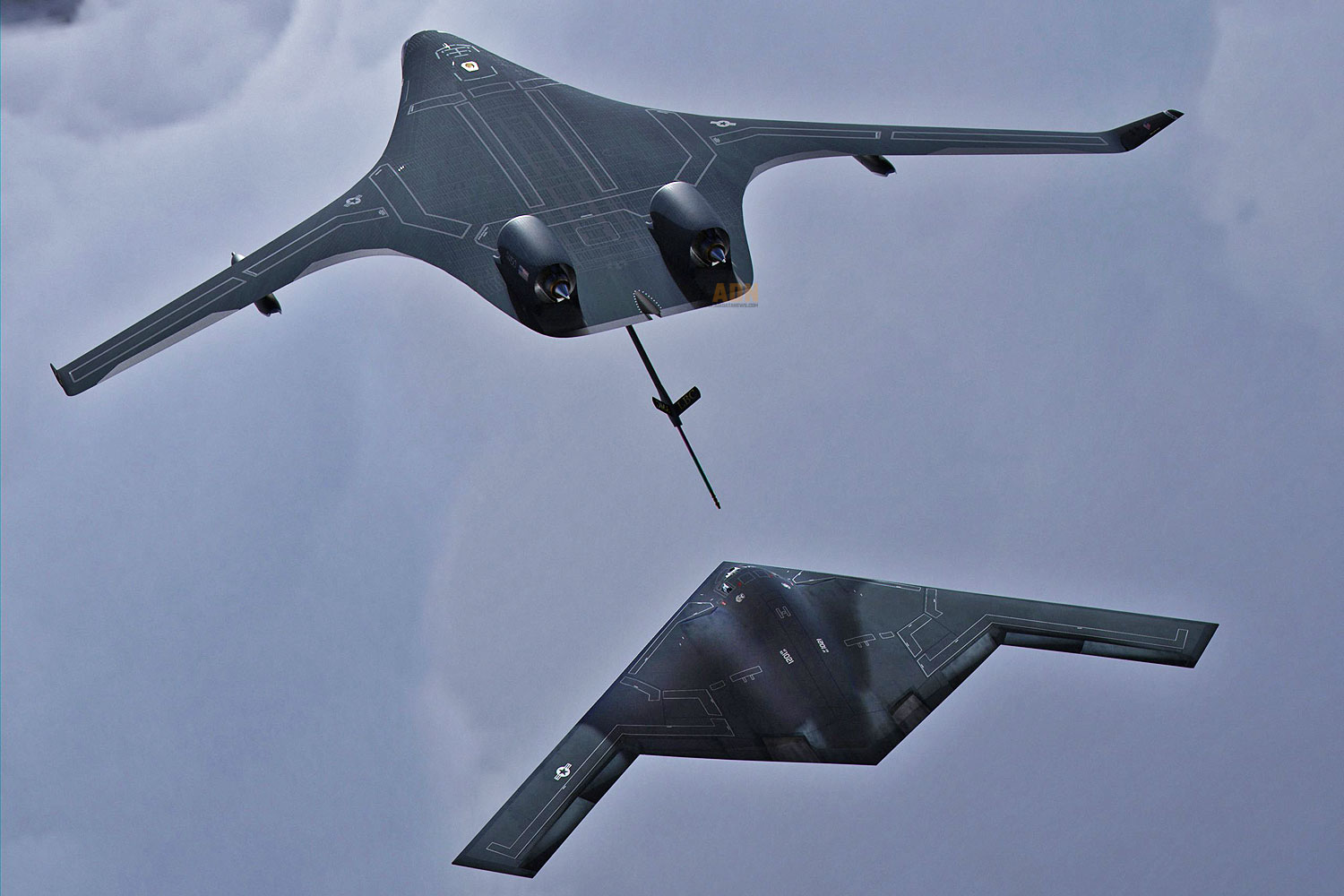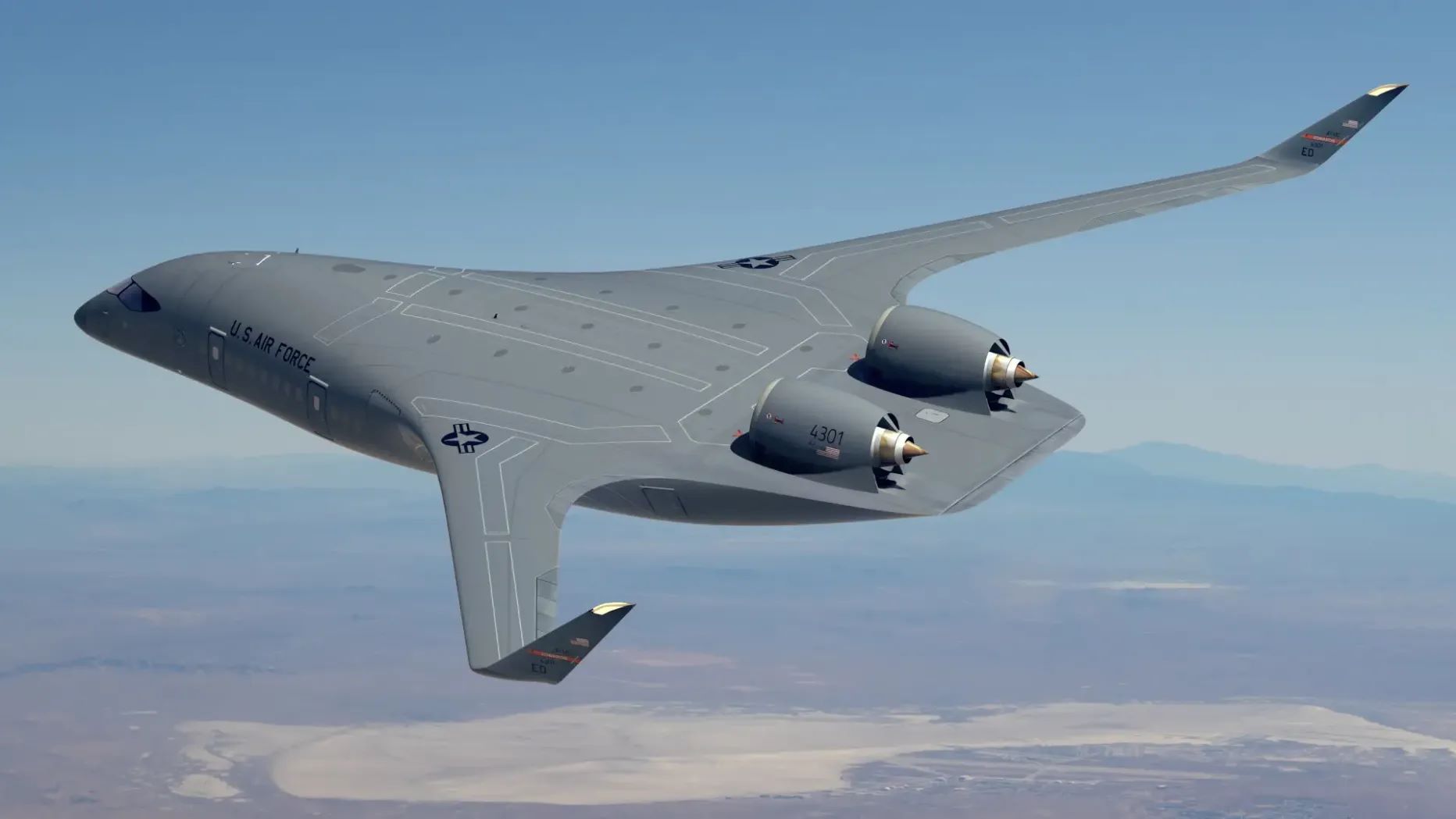JetZero promotes its KC-Z4 tanker variant to secure a USAF contract and advance the civil version
Aerospace company JetZero is ramping up promotion of its KC-Z4 tanker aircraft proposal, a military variant of its Blended Wing Body (BWB) Z4 design, aimed at delivering transformative capabilities for U.S. Air Force (USAF) aerial refueling operations. The concept leverages the aerodynamic efficiency inherent to the BWB configuration to outperform traditional tanker aircraft.
The KC-Z4 proposal comes as the USAF evaluates its future refueling capabilities through the Analysis of Alternatives (AOA) for the Next Generation Aerial Refueling System (NGAS). JetZero positions the KC-Z4 as a solution that can deliver a “quantum leap” in efficiency and capacity. A preliminary design outlines an aircraft with an empty weight of 162,000 pounds (approximately 73,480 kilograms).
According to Nate Metzler, JetZero’s head of strategic programs and partnerships, the KC-Z4 could fly 4,000 nautical miles, refuel six F-35 fighters with approximately 10,000 pounds of fuel each, and return to base without refueling—far exceeding the KC-46’s performance in similar scenarios. The KC-Z4 is projected to have a maximum gross takeoff weight of 362,000 pounds (around 164,200 kg) and carry up to 200,000 pounds of fuel (about 90,700 kg). The BWB design’s superior efficiency would extend both range and offload capacity compared to current platforms of similar size.
The proposed tanker would feature a refueling boom similar to the KC-135’s, cleverly housed in a recessed belly bay to reduce drag when not in use. It would also support optional underwing pods, enabling versatility to refuel aircraft using the probe-and-drogue system.

Beyond its primary role, the KC-Z4 could carry up to 21 standard cargo pallets—surpassing the KC-46’s 18—thanks to a planned cargo door the same size as that of the KC-10. The platform could also be configured for transporting about 120 personnel, medical evacuations, or serving as a communications and sensor node in battlefield environments.
The development of this aircraft is based on the broader Z4 program, a design JetZero also targets at the commercial market. CEO Tom O’Leary believes that although the BWB concept has existed for decades, “the time for disruption is now.” The Z4’s technological base, and by extension that of the KC-Z4, promises a roughly 50% reduction in fuel consumption compared to today’s conventional fuselage-wing aircraft, largely thanks to the aerodynamic form that minimizes drag.
Toward the demonstrator
The company is progressing on a full-scale Z4 demonstrator, with a first flight scheduled for 2027, backed by a $235 million USAF contract. This demonstrator is key to validating BWB technology at scale. Florentina Viscotchi, JetZero’s chief engineer, expressed confidence in the timeline, noting that major components like fuel tanks and cockpit tooling are already completed. The company also draws on over $1 billion invested by NASA in alternative aircraft technology research and development.
For the KC-Z4 variant, JetZero has incorporated feedback from USAF boom operators. The goal is to design a remote refueling station that overcomes ergonomic and visibility issues found in previous systems. There’s consideration of placing this station within the cockpit itself, which, according to some officers, could improve crew coordination. Retired Maj. Gen. Erich Novak, now CFO of Consolidated Air Support Systems (CASS), has called the KC-Z4 a “gamechanger” due to its efficiency, payload, and range.

Ravi Chaudhary, former Assistant Secretary of the Air Force and now strategic advisor at JetZero, described a positive experience flying the Z4 in a simulator, noting that “it flies like a C-17” in terms of handling.
The tough art of commercial certification
As the saying goes, technical feasibility is one thing—flying passengers for profit is another. While recent focus has been on the military version, the base Z4 design is also targeted at the Middle of the Market (MoM) commercial segment. This commercial aircraft would offer a spacious, highly configurable cabin with six service zones, accommodating between 180 and 300 passengers.
Despite progress and potential, JetZero faces major hurdles. Certifying such a novel design with the FAA and other aviation authorities will be a demanding process. Securing the substantial funding needed to bring both the Z4 and KC-Z4 to full-scale production, as well as establishing a manufacturing line—reportedly requiring a facility larger than Boeing’s 747 plant in Everett— remain critical challenges. While Scaled Composites (a Northrop Grumman subsidiary) is building the demonstrator, large-scale production will require additional partners.
The company has formed alliances with major industry players such as Delta Air Lines, United Airlines, and RTX (for engine and systems integration), but the devil is in the details, especially when it comes to military program requirements and financing landscapes.
JetZero’s team, composed of many aerospace industry veterans, remains confident in its ability to carry out a project that aims to redefine key standards in both military and commercial aviation.

/https://aviacionlinecdn.eleco.com.ar/media/2025/05/jetzero_kc_z4_1.jpg)
Para comentar, debés estar registradoPor favor, iniciá sesión